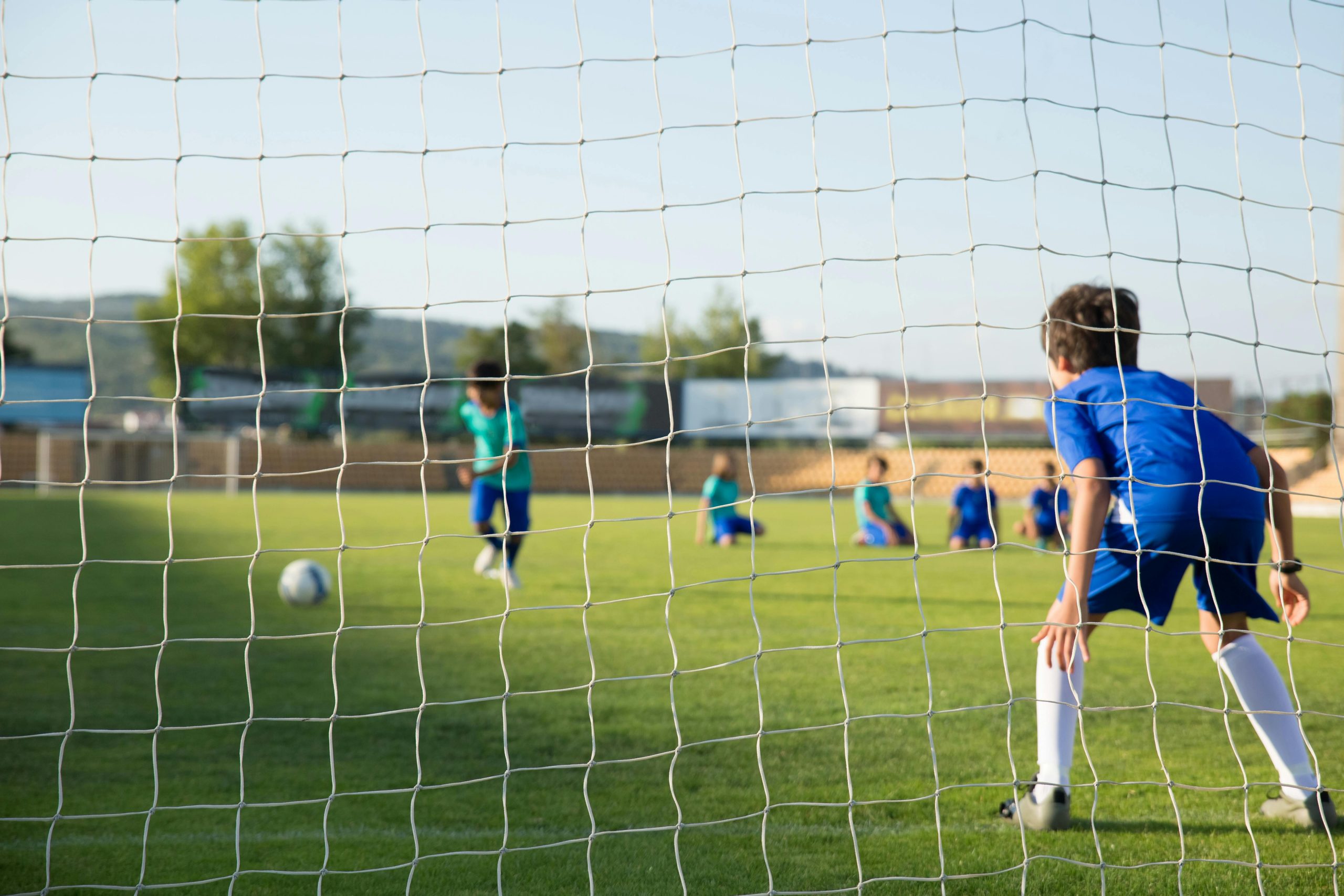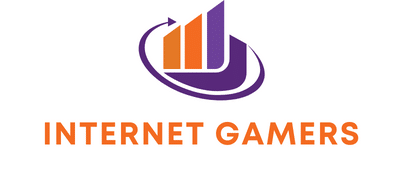How Can Plyometric Training Be Tailored for Youth Soccer Goalkeepers?

The role of a goalkeeper in soccer is a demanding one, requiring a unique blend of speed, agility and explosive power. As the last line of defense, goalkeepers are expected not only to stop shots but also to contend with high balls, anticipate the trajectory of the ball and swiftly switch between standing, jumping, and diving. The physical demands of goalkeeping can be intense, especially for young players developing their abilities. A well-structured training regimen can help these youth goalkeepers optimize their performance on the pitch.
One such regimen is plyometric training, a form of exercise designed to produce fast, powerful movements. Plyometrics are often implemented in sports conditioning to improve power, speed, and agility. By focusing on the rapid stretch and contraction of muscles, plyometric exercises can enhance a goalkeeper’s explosive power, particularly when jumping or diving. This article will delve deeper into how plyometric training can be tailored to meet the needs of youth soccer goalkeepers.
Sujet a lire : What Is the Impact of Sport-Specific Mental Imagery on Performance in Competitive Curling?
The Importance of Plyometric Training for Youth Soccer Goalkeepers
Before we dive into the specifics of plyometric training, let’s understand why it is so crucial in the training of young goalkeepers. In soccer, each player on the field has a role to play, but the goalkeeper’s function is arguably one of the most physically demanding. With the responsibility of defending their team’s goal, goalkeepers require a unique blend of strength, agility, and power to perform at their peak.
Plyometric training can help develop these qualities. It involves quick, powerful movements that help enhance the efficiency of the neuromuscular system. This training form is particularly beneficial for goalkeepers as it enhances explosive power, a key attribute required for jumping and diving to save goals.
Sujet a lire : How Do Different Surface Tensions Affect Ball Spin in Professional Tennis Matches?
Youth goalkeepers stand to benefit significantly from plyometric training. At a young age, their bodies are still growing, and their muscles are developing. A well-structured plyometric training regimen can help them develop strength and power, which is crucial for enhancing their performance on the field over time.
Key Plyometric Exercises for Youth Soccer Goalkeepers
Now that we understand the importance of plyometric training, let’s explore some specific exercises that can be tailored for young goalkeepers. It’s essential to remember that the goal of these exercises is not to build bulk but to develop power, speed, and agility.
Box Jumps
Box jumps are a simple yet effective plyometric exercise. They focus on developing lower body power, crucial for goalkeepers who need to jump high to save shots. To perform a box jump, athletes jump onto and off a sturdy box or platform, using the strength of their legs and core to propel themselves.
Plyometric Push-ups
Goalkeepers often use their upper bodies for throwing the ball and diving saves. Plyometric push-ups can help develop explosive power in the chest, triceps and shoulders. To perform this exercise, start in a traditional push-up position, lower the body, and then push up explosively to raise your hands off the ground.
Lateral Plyometric Jumps
Lateral plyometric jumps help improve a goalkeeper’s side-to-side agility, crucial for making diving saves. This exercise involves hopping from side to side over a cone or hurdle, focusing on lateral power and coordination.
Designing a Plyometric Training Program for Youth Soccer Goalkeepers
Designing a plyometric training program for youth soccer goalkeepers involves more than just selecting exercises. It requires careful planning, taking into account the age, physical capacity, and development stage of the players. Here are a few considerations.
Aim to incorporate plyometric training two to three days a week, allowing sufficient time for rest and recovery. Overtraining can lead to injuries, especially in younger players whose bodies are still developing.
Ensure the exercises are age-appropriate and skill-specific. Younger goalkeepers might benefit more from basic plyometric exercises, while older, more experienced players might handle advanced exercises.
Always prioritize quality over quantity. Each rep should be performed with full effort and proper form to maximize effectiveness and minimize injury risk.
Monitoring Progress and Adjusting the Program
Once the plyometric training program is underway, it’s crucial to monitor the goalkeepers’ progress. Regular assessments of power, agility, and speed can help determine if the program is effective or if adjustments are needed.
Adjustments to the program might be necessary as the players grow older, become stronger, or as their athletic goals change. For instance, as a goalkeeper becomes more powerful, more challenging plyometric exercises might be introduced to further challenge and develop their abilities.
Remember, the ultimate goal of any training program should be to enhance performance while preventing injuries. Therefore, always ensure that the plyometric exercises are performed with correct form and technique, and that the goalkeepers are given ample time for rest and recovery.
In conclusion, plyometric training can significantly benefit youth soccer goalkeepers. By improving strength, power, and agility, these exercises can help young goalkeepers enhance their performance on the field. However, it’s essential to design and implement the training program carefully, considering the unique needs and capacities of the young athletes. With the right approach, plyometric training can be a game-changer for youth soccer goalkeepers.
Implementing Plyometric Training Equipment for Youth Soccer Goalkeepers
To effectively execute plyometric training, certain types of equipment might be necessary. The equipment used should be appropriate for the age and strength level of the youth goalkeepers. Additionally, it should support the development of the particular skills and abilities that these athletes need to enhance. Let’s take a look at some of these pieces of equipment.
Medicine balls can be a valuable tool in goalkeeper training. They can be used in various exercises that focus on increasing upper body power. For instance, medicine ball throw exercises can improve arm strength and core stability, critical for making powerful throws and diving saves.
The use of hurdles and cones can help develop agility and speed. These tools can be used in exercises such as lateral plyometric jumps, which enhance a goalkeeper’s side-to-side agility. The height and placement of hurdles and cones can be adjusted based on the age and ability level of the youth goalkeepers.
Lastly, jump boxes or platforms are a cornerstone in developing lower body strength and power. They can be used in exercises like box jumps that help in enhancing explosive power and vertical jump capability, crucial for making high saves.
It’s important to note that while the introduction of equipment can enhance plyometric training, it must be used safely and appropriately to prevent injuries.
The Role of Nutrition and Recovery in Plyometric Training
Even with the best plyometric training, without proper nutrition and recovery, young soccer players might not achieve their full potential. Both are essential to support the physical demands of the training and ensure optimal performance.
Nutrition is key for providing the energy required for the intense training while promoting muscle growth and recovery. Youth goalkeepers should maintain a balanced diet rich in proteins for muscle repair and carbohydrates for energy. Hydration is also crucial, especially during intense training sessions.
Recovery is equally important. Adequate rest periods between training sessions allow for muscle repair and growth. This rest is essential in preventing overtraining injuries and ensuring the players are fresh and ready for the next training session.
Additionally, techniques such as foam rolling, stretching, and even professional massages can be beneficial for recovery and injury prevention. Coaches should encourage these practices and ensure the goalkeepers understand their importance.
Conclusion
In the world of soccer, a goalkeeper’s role is physically demanding and requires a specific set of skills and abilities. Plyometric training offers an effective way to develop and enhance these attributes, especially in youth goalkeepers. By implementing specific plyometric exercises, utilizing appropriate training equipment, and emphasizing proper nutrition and recovery, young goalkeepers can significantly improve their performance. However, this training must be carefully tailored and regularly assessed to ensure it meets the players’ changing needs and prevents potential injuries. Therefore, coaches and trainers must be fully committed to understanding and applying these principles. With the right resources and approach, plyometric training can indeed be the game-changer for youth soccer goalkeepers.
